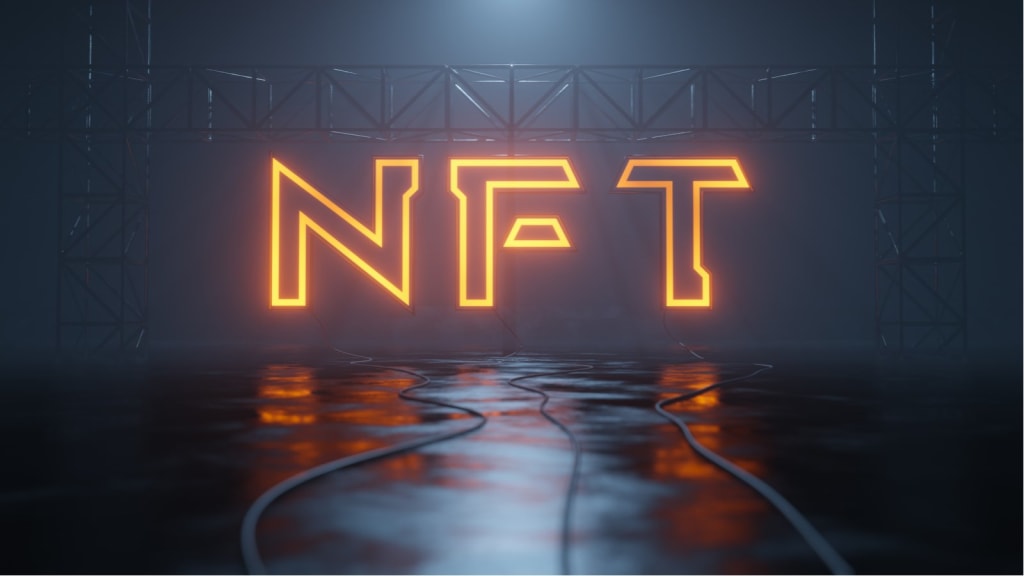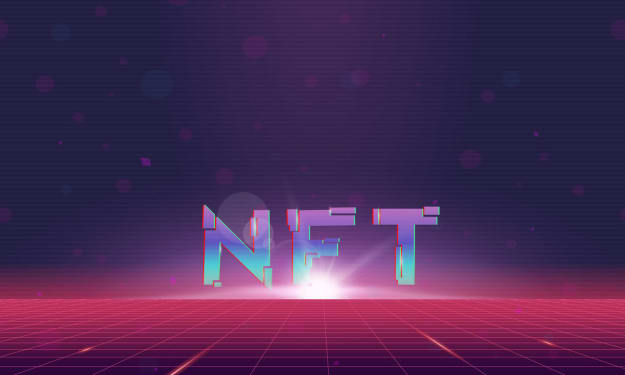Why NFTs Matter: Exploring the Unique Benefits and Opportunities for Investors
The Future is NFT

Introduction
NFTs are unique digital assets that represent ownership or proof of authenticity of a digital item such as artwork, music, videos, and other multimedia content. Unlike cryptocurrencies, which are interchangeable and have equal value, NFTs are one-of-a-kind and cannot be replicated or divided into smaller units.
A brief history of NFTs
The concept of NFTs originated in 2017 with the launch of CryptoKitties, a blockchain-based game that allows players to collect and breed virtual cats as NFTs. The game became so popular that it caused congestion on the Ethereum network and led to the development of other NFT projects. Since then, NFTs have been used in various industries and gained mainstream attention with the sale of digital artwork by Beeple for $69 million in March 2021.
Overview of the popularity of NFTs
The popularity of NFTs has surged in recent years, with more artists, musicians, athletes, and celebrities embracing the technology. In 2020, the NFT market grew to $250 million, and in the first quarter of 2021, it reached $2 billion. The trend has also led to the emergence of NFT marketplaces such as OpenSea, Nifty Gateway, and SuperRare.
Types of NFTs
There are several types of NFTs, including:
1. Artwork and collectibles
2. Music and audio recordings
3. Videos and animations
4. Virtual real estate and gaming items
5. Domain names and memes
How NFTs are created and traded
NFTs are created by minting them on a blockchain, such as Ethereum or Binance Smart Chain. The creator can set the price, the number of copies, and the royalty percentage for future sales. Once the NFT is minted, it can be listed for sale on an NFT marketplace, where buyers can purchase it using cryptocurrencies.
The Benefits of NFTs
A. Advantages for Artists and Creators
NFTs allow artists and creators to retain ownership and control over their digital creations. They can choose to sell their work as an NFT and set the terms and conditions of the sale.
B. Advantages for Collectors and Investors
NFTs provide a level of authenticity and provenance for artwork, ensuring that the digital asset is original and not a copy. NFTs also have the potential to increase in value over time, as demand for rare and unique digital assets grows. Collectors can add unique and rare assets to their collections, creating a sense of exclusivity and ownership.
C. Advantages for Businesses and Industries
NFTs have various use cases in industries such as gaming, sports, and finance. They offer the potential for creating new markets and revenue streams, as businesses can use NFTs for anything from in-game items and collectibles to ticket sales and advertising. Additionally, NFTs provide transparency and security in transactions, as each transaction is recorded on a public blockchain network.
NFTs in Practice: Real-World Examples
There are numerous examples of NFTs being used in real-world scenarios.
A. Art and Entertainment
CryptoPunks and other digital art have gained popularity as NFTs, with some selling for millions of dollars. Music and concert ticket sales have also used NFTs, with artists such as Grimes and Deadmau5 selling NFTs of their music. Virtual real estate and gaming items have also been sold as NFTs, with projects such as Decentraland and The Sandbox.
B. Sports and Athletics
Collectible trading cards and memorabilia have been digitized and sold as NFTs, with examples such as NBA Top Shot and Sorare. Fan engagement and loyalty programs have also used NFTs, with teams such as the Dallas Mavericks offering NFTs to fans. Licensing and sponsorship deals have also been done using NFTs, with Formula 1 launching its own NFT collection.
C. Finance and Investing
NFTs are being used for the tokenization of assets, allowing investors to own a fraction of a valuable asset such as real estate or artwork. Decentralized finance (DeFi) applications are also using NFTs for various purposes, such as collateralization and governance. Fractional ownership and investment opportunities are also being explored using NFTs, with projects such as Rally and Masterworks.
D. Virtual real estate and gaming items
NFTs have been used to sell virtual real estate and gaming items. For example, Decentraland is a virtual world where users can buy and sell virtual real estate as NFTs. Axie Infinity is a play-to-earn NFT game where players can buy Pokemon-like creatures called Axies that can be collected, bred, and battled in player-versus-player (PvP) battles.
Conclusion
In conclusion, NFTs are becoming increasingly popular due to their unique characteristics and benefits for artists, creators, collectors, investors, and businesses. Real-world examples of NFTs in action demonstrate the diversity of use cases across industries, including art and entertainment, sports and athletics, and finance and investing. From digital art to trading cards and fractional ownership, the possibilities for NFTs are endless.
As the popularity of NFTs continues to grow, it's essential to stay informed about their benefits, how they work, and their future potential. Whether you're an artist, collector, investor, or business owner, exploring NFTs can provide new opportunities for growth and innovation.
About the Creator
Enjoyed the story? Support the Creator.
Subscribe for free to receive all their stories in your feed. You could also pledge your support or give them a one-off tip, letting them know you appreciate their work.





Comments
There are no comments for this story
Be the first to respond and start the conversation.